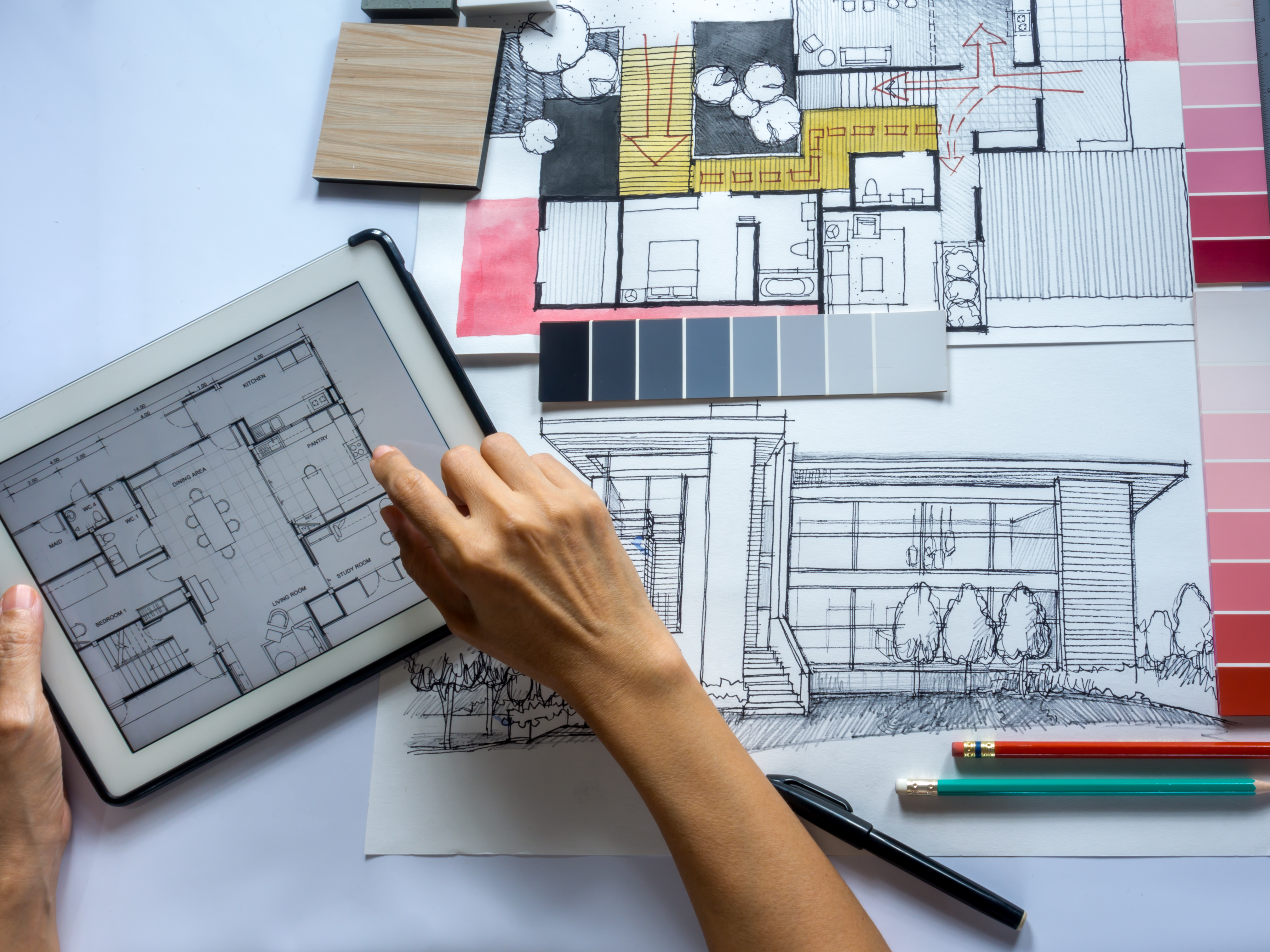Creating Your Dream Space: The Influence of Interior Design and Home Engineer on Home Aesthetic Appeals
The magic of designing a dream home exists not only in building prowess however also in the delicate artistry of interior design. These two disciplines link, with style giving the skeletal framework while indoor layout breathes life into the room with structure, furniture, and shade selection.
The Intersection of Interior Design and Style: Greater Than Meets the Eye
Although lots of individuals think that interior layout and style are two different disciplines, a closer assessment discloses an interesting crossway between the 2. Style lays the structure, offering the covering within which interior design operates. Inside layout plays a crucial role in enhancing and completing a structure's building elements, concentrating on the option and discussion of interior products such as furniture, fixtures, and coatings.
Harnessing the Power of Color Styles and Textures in Home Style
While the framework of a home may be the canvas, it is ultimately the use of colors and textures within interior decoration that brings the vision to life. The critical application of colors can set the mood, develop consistency, and also affect the regarded size of a room. Neutral tones provide a feeling of calmness and space, while bold colors can attract and stimulate focus. Structures play an essential duty in including deepness and personality to a room. Harsh appearances, like raw wood or block, offer rustic beauty, while smooth surfaces, like marble, exhibit sophistication. By understanding the mental influence of colors and tactile appeal of textures, one can efficiently transform a home into a visually compelling and emotionally appealing home.

The Function of Furniture in Specifying Area and Way Of Life
Furniture serves as a defining aspect in indoor layout, affecting both room and way of living. The selection of furniture can considerably impact the assumption of room, with larger pieces creating an impact of grandeur, while smaller, minimalist styles can make an area appear roomy. Thus, furnishings selection plays an important function in individualizing and defining room, with each item serving as a testament to the homeowner's one-of-a-kind identity.

Building Factors To Consider for Personalized Spaces
Beyond the significant role of furnishings, building factors to consider additionally play a pivotal part in individualizing rooms. The format, style, and framework of a home can substantially influence its general visual, functionality, and the citizens' convenience. Comprehending the home's architectural aspects, such as the shapes and size of areas, the placement of doors and home windows, and the sort of materials used, can help one customize their area to their way of life and choices. Additionally, building components like arches, columns, stairways, and fireplaces can act as the focal points of a room. Balancing these architectural details with appropriate furnishings, color design, and lights can develop a customized and unified setting. Architecture, consequently, is a vital consider developing one's dream space.
The Psychological Impact of Aesthetically Pleasing Spaces
The influence of aesthetically pleasing areas on human psychology is profound. These settings not only appeal to the senses however also add to a person's total wellbeing. They can click here for more boost creativity, cause relaxation, and also affect state of mind. Patterns, colors, and appearances can stimulate psychological actions, while the format and illumination can influence behavior and communications. A well-designed area, with its cautious balance of aesthetic appeals and capability, can foster a feeling of consistency, advertising positivity and productivity. Alternatively, poorly made rooms can stimulate feelings of discomfort or anxiety. Indoor style and design are not merely concerning developing aesthetically appealing spaces, however additionally concerning cultivating atmospheres that boost emotional health and wellness and fulfillment.

Verdict
Finally, developing your desire space is a nuanced procedure that balances the architectural elements of style with the aesthetic choices of interior decoration. By carefully selecting shades, textures, and furnishings, you like this can craft see rooms that not only look stunning however likewise functionally serve your way of living. Ultimately, the successful integration of these self-controls advertises well-being, stimulates imagination, and cultivates a sense of individuality within the home.
Designing Your Dream Area: The Impact of Interior Layout and Home Engineer on Home Aesthetic Appeals Countryside Homes interior design.
The magic of developing a desire home lies not just in architectural prowess however likewise in the delicate artistry of interior design. These 2 self-controls intertwine, with style offering the skeletal framework while interior style breathes life into the area with structure, furniture, and shade choice.Furnishings offers as a specifying element in interior design, influencing both room and lifestyle.In conclusion, producing your desire space is a nuanced process that balances the architectural aspects of architecture with the aesthetic choices of interior style.